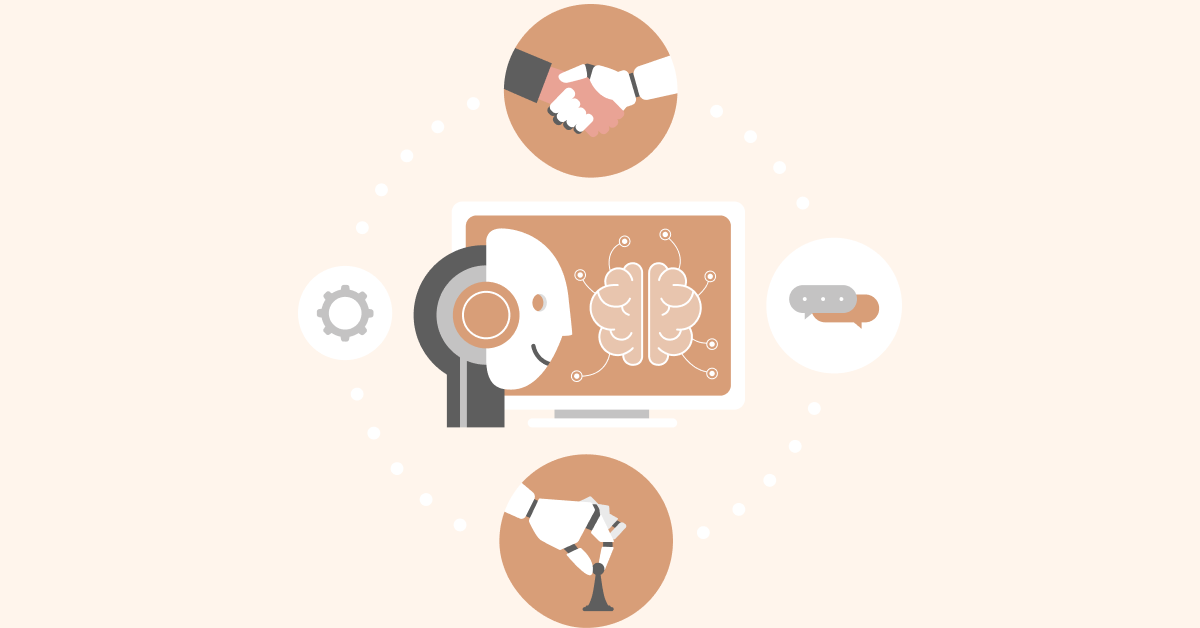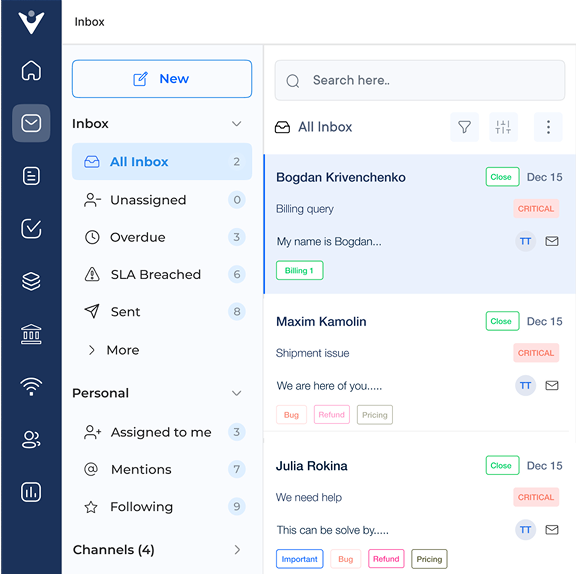The first step in improving the customer service experience examples is to set up clear objectives. Establish what goals you want to achieve through superior customer service. The goals could be ambitious but realistic.
They should also be aligned with the bigger mission and vision of the company. After setting your goals, craft a detailed strategy. Consider measuring success with relevant KPIs for customer service.
-
Map Your Customer Journey & Touch Points
Mapping out the entire customer journey is essential in understanding customers and their experiences with your company. Mapping each touchpoint, including telephone, email, social media, website interactions, or visits to physical locations, is crucial
The process will enable companies to examine the aspects of their services that cause the most complaints or generate the most compliments. Understanding it will enable the companies to concentrate where it matters most. The users will get a smooth customer experience throughout all stages of the journey.
-
Offer Omnichannel Support
Customers expect to receive assistance through the channel that is most convenient and comfortable for them. It is the reason that the number of companies investing in the omnichannel experience has jumped from 20% to more than 80%.
Businesses should provide various contact methods like email, phone calls, and live chat support. Customers can reach out to your support more easily through such different options. You no longer restrict them to a certain route of seeking support. Offering multichannel support enhances customer satisfaction by facilitating easy access when they require assistance.
-
Automate Support with Self-Service Options
Automating your customer service will make the process easier and save your consumers’ time. Providing self-service options such as chatbots, knowledge bases, and FAQs can help your customers resolve issues themselves without needing human intervention.
Automation with self-service procedures reduces customer wait time. They no longer have to wait hours or days for the customer support team to respond. It will also enable your staff to put their efforts into more complex issues.
-
Collect Feedback from Customers Regularly
Providing an amazing customer experience requires continuous improvement and identification of areas that need attention. Listening to customers, taking their feedback, and acting upon it is a crucial practice that companies must adopt.
Regular surveys or follow-up emails after service interactions are a great way to start collecting feedback from customers. The data enables the companies to understand how well they are satisfying their customers’ needs. It enables businesses to understand the areas that need improvement.
-
Train Your Customer Service Team
Delivering a positive customer experience relies on providing proper training for your customer service team. It is a key factor in ensuring customer satisfaction and effective interactions. Start by outlining clear expectations, providing excellent resources, and allowing ample time for practice sessions.
Ensure that your team is well-informed about company policies and industry best practices concerning customer service. Role-playing different scenarios with staff can help them learn how to deal with difficult customers professionally while maintaining empathy toward the needs of the customer.
-
Evaluate Customer Service Experience Performance
Assessing customer service performance is crucial to improving your customer service experience. One way is through metrics such as response times and ticket volume. You can take feedback through surveys and social media platforms. It will help you understand the customer’s perception better.
Analyzing these metrics provides valuable insights into areas that require improvement. As support experience is not a one-time process, evaluation is crucial. It will ensure you continue to deliver remarkable experiences, irrespective of the changes in trends and customer needs.
-
Leverage AI and Technology Tools
Integrating AI and technology platforms into your customer service strategy can bring numerous benefits such as reducing response times, improving accuracy in addressing customer issues and boosting overall productivity. Chatbots are one example of an AI tool that can assist customers 24/7 while reducing the workload for support agents.
Other technology-based solutions include CRM software for tracking case history, social media monitoring tools for proactive reputation management, or self-help portals that allow customers to troubleshoot before reaching out to an agent. Embracing technology in your organization will increase efficiency and positively impact customer satisfaction levels.
The Comparison: Good vs. Great Customer Service Experience
When it comes to customer service experience, there’s a huge difference between good and great. Here are some key points to help distinguish the two:
















